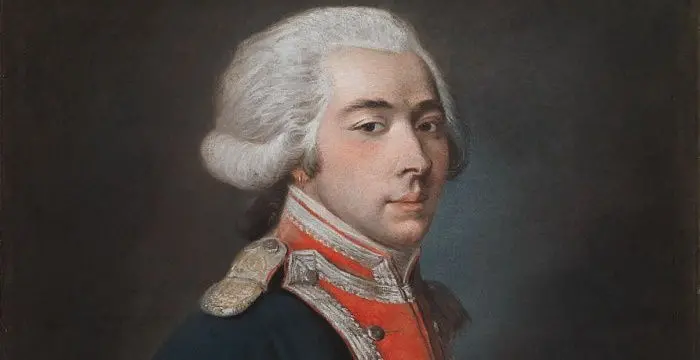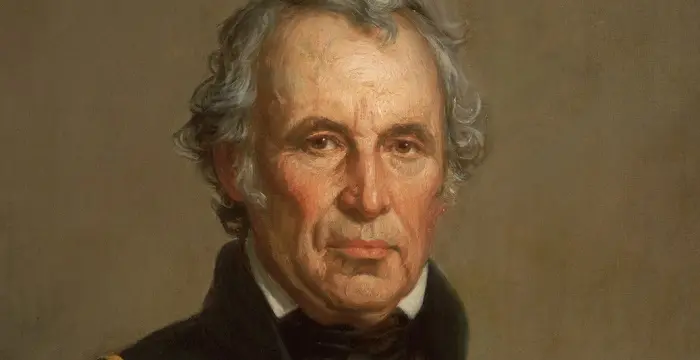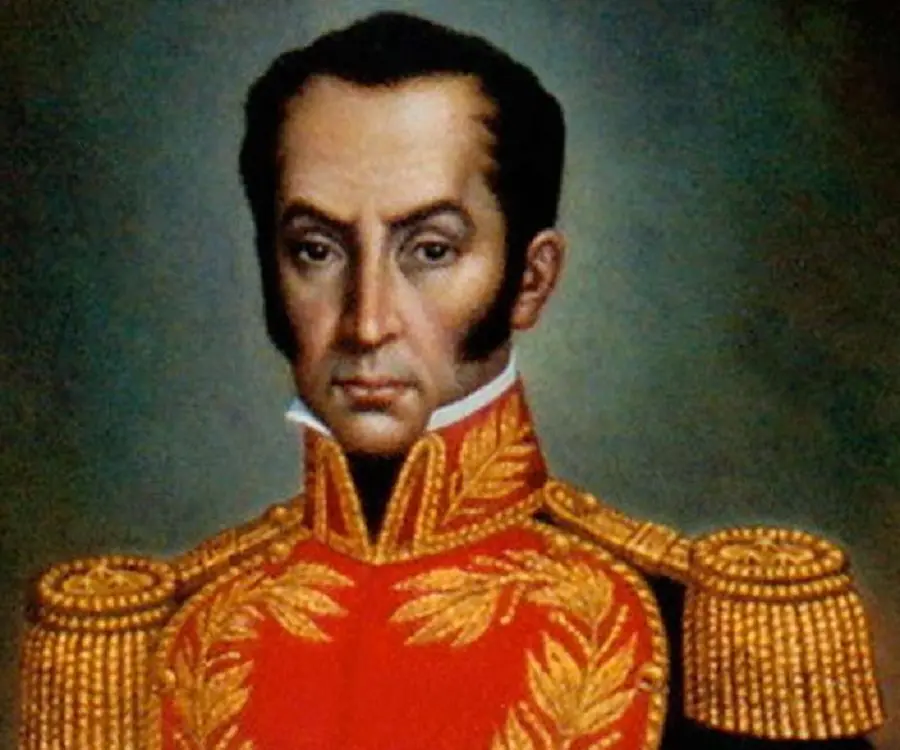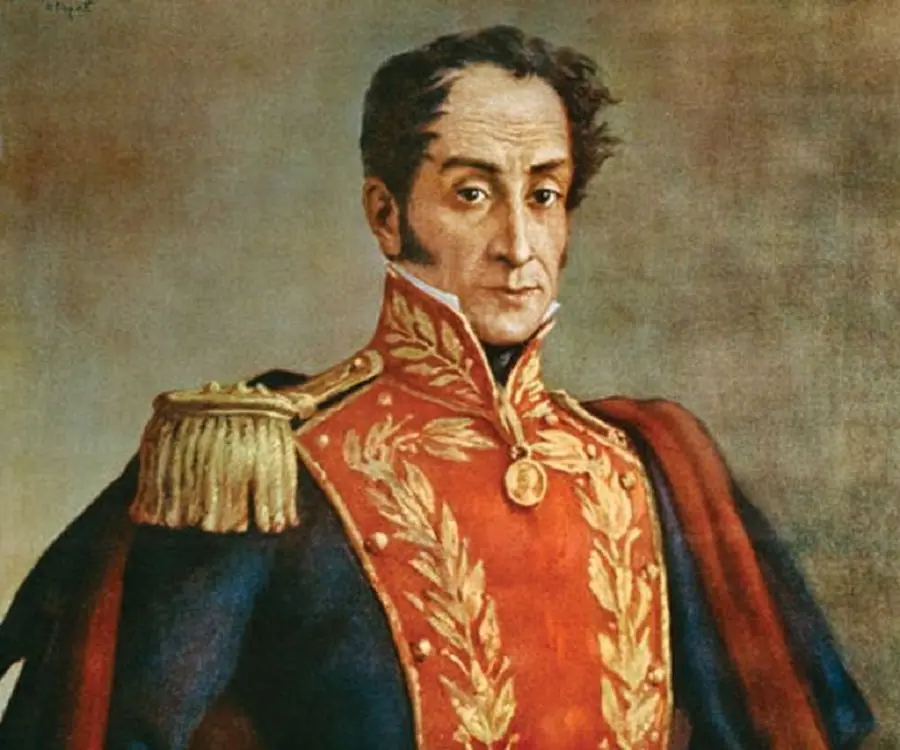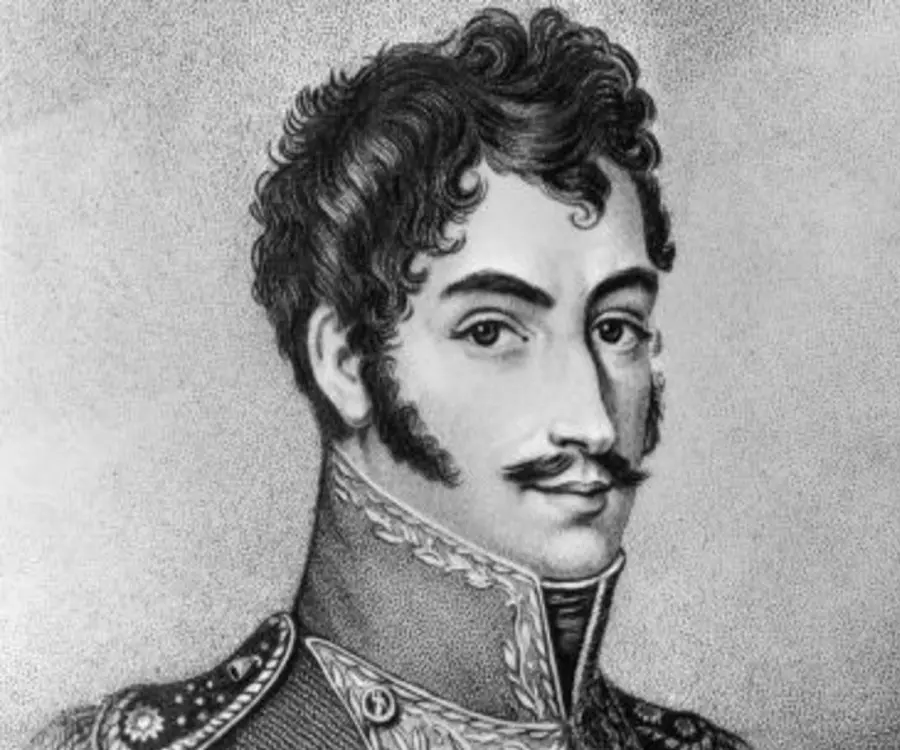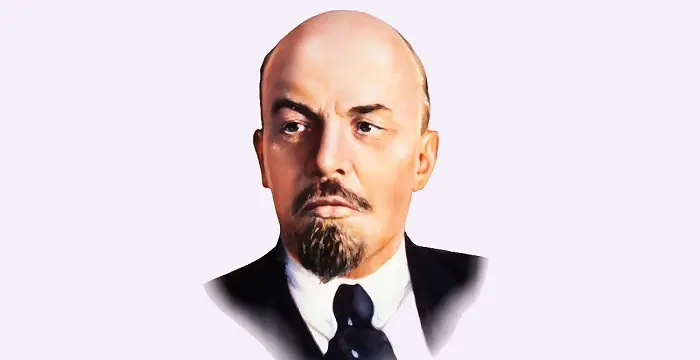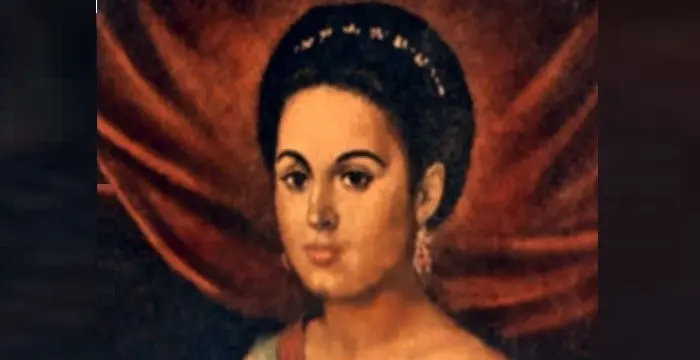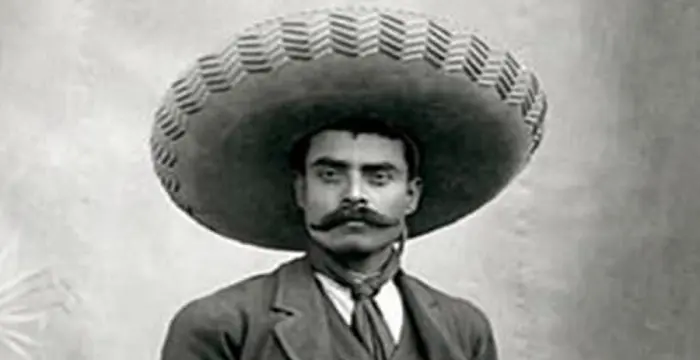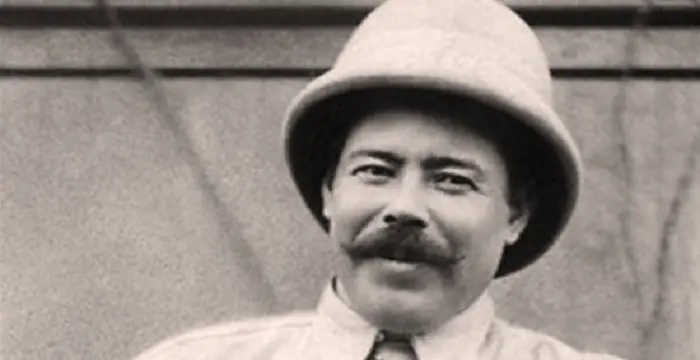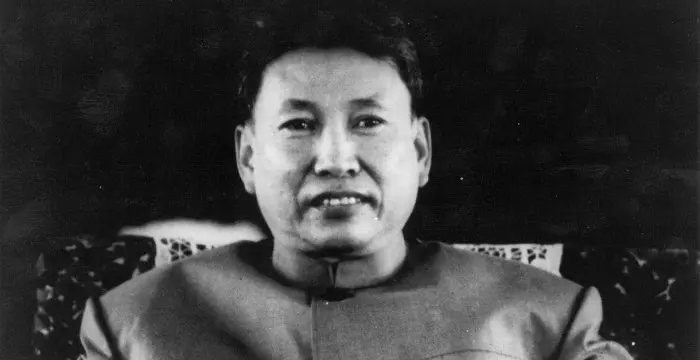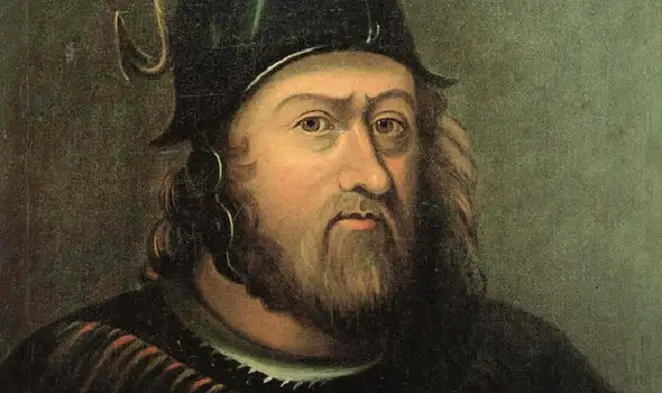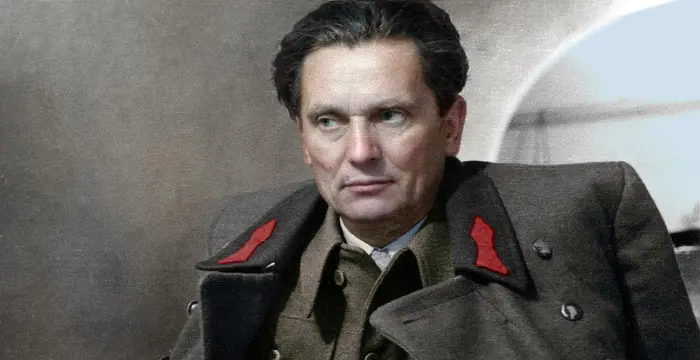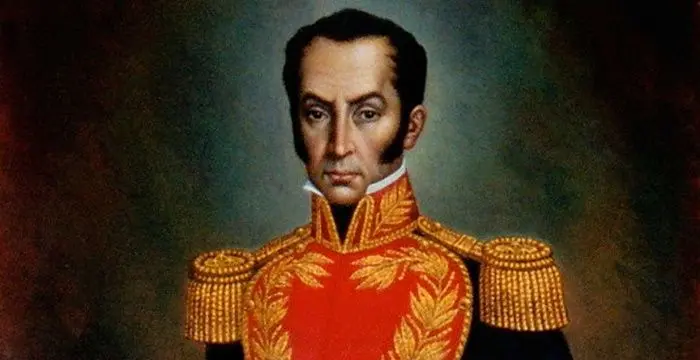
Simon Bolivar - Revolutionary, Facts and Family
Simon Bolivar's Personal Details
Simón Bolívar was a Venezuelan military leader who was instrumental in independence of several Latin American countries from the Spanish rule
| Information | Detail |
|---|---|
| Birthday | July 24, 1783 |
| Died on | December 17, 1830 |
| Nationality | Venezuelan |
| Famous | Republicans, Leaders, Political Leaders, Revolutionaries, Presidents, Military Leaders, Military Leaders, Revolutionary |
| Ideologies | Republicans |
| Spouses | María Teresa Rodríguez del Toro y Alaysa |
| Siblings | María Antonia - Juana - Juan Vicente |
| Known as | Simón José Antonio de la Santísima Trinidad Bolívar y Palacios Ponte y Blanco |
| Birth Place | Caracas |
| Religion | Roman Catholic |
| Gender | Male |
| Father | Coronel Don Juan Vicente Bolívar y Ponte |
| Mother | Doña María de la Concepción Palacios y Blanco |
| Sun Sign | Leo |
| Born in | Caracas |
| Famous as | Revolutionary & Military Leader |
| Died at Age | 47 |
// Famous Military Leaders
Hermann Goring
Hermann Goring was a German politician and military leader in Hitler’s Nazi party. This biography provides detailed information about his childhood, life, career, activities & timeline.
Marquis de Lafayette
Marquis de Lafayette was a French aristocrat and for the United States in the American Revolutionary War. This biography provides detailed information on his childhood, achievements, life and timeline.
Zachary Taylor
Zachary Taylor was the 12th President of the United States. Check out this biography to know about his childhood, family life, achievements and other facts related to his life.
Simon Bolivar's photo
Who is Simon Bolivar?
Simon Bolivar is regarded as one of the most powerful figures in the history of South America, leading the liberation movement for six nations against the Spanish Empire. Born into a wealthy household, Bolivar was orphaned at a very young age and was raised by his uncles and his nurse with great warmth and care. Little did he realize that by being put in some of the most elite schools and by being allowed to tour Europe, he would slowly turn into and become one of the most prominent faces that would change the face of Europe and Latin America permanently. By the end of his life, he was probably the most prominent leader in South America, as well as the most influential politician. He is definitely one of the most celebrated figures in Latin American history as he led Venezuela, Colombia (including Panama), Ecuador, Peru and Bolivia to independence from the Spanish Empire.
// Famous Revolutionary
Georges Danton
Georges Danton was a French revolutionary. This biography provides detailed information about his childhood, family, personal life, achievements, etc.
Vladimir Lenin
Vladimir Lenin was a communist revolutionary who led the famous October revolution in Russia. Find more information on life of Lenin in this brief biography.
Manuela Sáenz
Manuela Saenz was an iconic South American revolutionary who played a key role in the liberation of New Granada. Check out this biography to know about her childhood, life, achievements, works & timeline.
Childhood & Early Life
Simon Jose Antonio de la Santisma Trinidad Bolivar y Palacios Ponte y Blanco was born on July 24, 1783 into a wealthy family in Caracas, Captaincy General of Venezuela (now the Bolivarian Republic of Venezuela).
A large portion of the family’s wealth came from the estates and the mines they owned including sugar plantations, silver, gold and copper mines.
Doña María de la Concepción Palacios y Blanco was his mother while Coronel Don Juan Vicente Bolívar y Ponte was his father. He had two older sisters and a brother: María Antonia, Juana, and Juan Vicente.
Due to certain circumstances, Simon's parents entrusted him to the care of family's slave la negra Hipolita. Bolivar, however, returned to his parents after a few years.
Tragedy struck Simon as his father died when he was just two and a half years old and his mother also passed away when he was around nine years old.
Young Simon was placed under the custody of an instructor but this did not work and he returned back home. Thereafter, he received private lessons from some renowned and learned teachers including Don Simon
His nurse Hipolita took care of him and Don Simon taught him swimming and horse riding, along with human rights, politics, history, and sociology.
At the age of 14, he entered the military academy, ‘Milicias de Veraguas’, where he fervently studied military strategy tactics that would help him in his battles in later life.
Simon witnessed the coronation of Napoleon in Paris in 1804 and was so impressed by the event that he started thinking of doing something for the liberation of the people of his native place.
Career & Later Life
Simon Bolivar returned to Venezuela in 1807. Venezuela achieved de facto independence on April 19, 1810, when the Supreme Junta of Caracas established their rule and deposed colonial administrators.
He along with a few notable Venezuelans persuaded Francisco de Miranda to return to his native land to take up the republican cause. They welcomed Miranda in 1811 and Bolivar was promoted to the rank of colonel and made commandant of Puerto Cabello in 1812.
During the war, Bolivar lost control of San Felipe Fort along with its ammunition stores on June 30 of 1812 to the royalist forces and abandoned his post and retreated to his estate in San Mateo.
Seeing the republican cause as lost, Miranda too signed a capitulation with Monteverde on July 25, 1812. Thereafter, Bolívar along with other revolutionary officers, termed Miranda's actions as treasonous and arrested and handed Miranda over to the Spanish Royal Army.
For his services to the royalist cause, Bolívar was granted a passport and he left for Curaçao on August 27, 1812. In 1813, he was given a military command in Tunja, New Granada (modern day Colombia).
In 1812, he wrote the first of his many stirring political manifestos and backed a political system in which the aristocrats played an important role. He began to contend for the liberty of Venezuela as the main step in fashioning an entire landmass of independent states.
Under his command, he and his followers invaded Spanish strongholds in Venezuela in 1813, which marked the beginning of the ‘Admirable Campaign’ and resulted in the formation of the Venezuelan Second Republic, later the same year. Bolivar was officially endorsed as ‘El Libertador’ (The Liberator).
A rebellion caused by Jose Tomas Boves, a Spanish commander, in 1814 and the fall of the Venezuelan republic, caused Bolivar to return to New Granada, where he directed a force for the United Provinces. The following year, however, he fled to Jamaica, where he was left without support. He then fled to Haiti, where he grew close to Alexandre Petion who agreed to help him.
In 1816, with Alexandre’s help, he returned to Venezuela and their forces seized Angostura after beating the counter-attack of Miguel de la Torre. Bolivar first decided to combat for the liberation of New Granada, proposing later to combine the independence of Venezuela.
In 1819, Bolivar had a stunning victory at the Battle of Boyaca, which ensured that Colombia gained its freedom. The same year, he was made the President of the Republic of Colombia. He then had two more successes at the ‘Battle of Carabobo’ and the ‘Battle of Pinchincha’.
Year 1821 saw the formation of the Gran Colombia, under Bolivar’s leadership after he crushed the Spanish army. This confederation included much of what are now Venezuela, Colombia, Panama and Ecuador.
He was officially made the ‘Dictator of Peru’ in 1824, followed by the creation of Bolivia the following year, under his commands. Bolivar became one of the first few men to have a country, ‘Bolivia’ named after him.
He, however, had difficulties in dealing with Gran Colombia due to discord throughout the nation and provincial uprisings. In order to keep the nation stable, he called for a legitimate settlement in March 1828.
He proclaimed himself the dictator of Gran Colombia on August 27, 1828 through the ‘Decree of Dictatorship’. He considered this as a provisional measure, as a means to recreate power and save the failing republic. However, as a result of this decision, more violence, anger and dissention continued. Revolts and rebellions erupted in New Granada, Venezuela and Ecuador for the next couple of years.
He resigned from his presidency on April 30, 1830 intending to leave the country for exile in Europe, possibly in France. However, he never made it to Europe, due to his sudden demise.
Major Battles
In 1819, Bolivar paraded into New Granada, which was also at war with Bolivar’s enemy, Spain. He took command of a small force and conquered the Spaniards in Boyar, thus delivering the territory of Colombia. He then returned to Angostura and then led the assembly that systematized the Republic of Colombia. He thus, became its first president on December 17, 1819.
Awards & Achievements
In 1824, he was given the 33rd degree of Inspector General Honorary.
Personal Life & Legacy
He married Maria Teresa Rodriguez del Toro y Alaiza, in 1802. Eight months after returning to Venezuela with him, she passed away due to yellow fever.
He had no children of his own, due to the fact that he contracted measles and mumps when he was a young boy.
He is believed to have had an affair with Manuela Saenz, who saved him from an assassination attempt.
He was a great admirer of the American and French Revolutions where the objective of liberation of people and the creation of democratic states were given prominence.
Like many other personalities in the history of American Independence, Bolivar too was a Freemason.
He passed away on December 17, 1830 after battling tuberculosis just as he was about to leave on exile to France. Just as he was about to die, he asked his aide-de-camp to destroy all his writings, letters and speeches. The latter disobeyed and a large collection of his writings and works were left behind for historians of today.
‘Bolivarianism’ is widespread in Venezuela and other Latin American countries even today. Many of his writings have been instrumental in inspiring a number of positive political movements.
His legacy is a long and far-reaching one. Many cities and towns in Colombia and Venezuela are named after him. The capital cities in Ecuador, Panama and Peru also house a number of statues of this great leader.
In Venezuela, every city or town center is known as ‘Plaza Bolivar’.
The official currencies are named after him including, the ‘boliviano’ and the ‘Venezuelan bolivar’.
A square in Cairo, Egypt, is named after this great leader.
Trivia
There is an asteroid named after this military and political leader called ‘Asteroid 712 Boliviana’.
// Famous Political Leaders
Edi Rama
Edi Rama is the current Prime Minister of Albania. Check out this biography to know about his childhood, life, achievements, works & timeline.
Khalifa bin Zayed Al Nahyan
Sheikh Khalifa bin Zayed Al Nahyan is the current President of the United Arab Emirates (UAE). Check out this biography to know about his birthday, childhood, family life, achievements and fun facts about him.
Leo Varadkar
Cam Leo Varadkar is the current Taoiseach—the Prime Minister—of the Republic of Ireland. Check out this biography to know about his childhood, family life, achievements and other facts about his life.
Simon Bolivar biography timelines
- // 24th Jul 1783Simon Jose Antonio de la Santisma Trinidad Bolivar y Palacios Ponte y Blanco was born on July 24, 1783 into a wealthy family in Caracas, Captaincy General of Venezuela (now the Bolivarian Republic of Venezuela).
- // 1802He married Maria Teresa Rodriguez del Toro y Alaiza, in 1802. Eight months after returning to Venezuela with him, she passed away due to yellow fever.
- // 1804Simon witnessed the coronation of Napoleon in Paris in 1804 and was so impressed by the event that he started thinking of doing something for the liberation of the people of his native place.
- // 1807 To 19th Apr 1810Simon Bolivar returned to Venezuela in 1807. Venezuela achieved de facto independence on April 19, 1810, when the Supreme Junta of Caracas established their rule and deposed colonial administrators.
- // 1811 To 1812He along with a few notable Venezuelans persuaded Francisco de Miranda to return to his native land to take up the republican cause. They welcomed Miranda in 1811 and Bolivar was promoted to the rank of colonel and made commandant of Puerto Cabello in 1812.
- // 1812During the war, Bolivar lost control of San Felipe Fort along with its ammunition stores on June 30 of 1812 to the royalist forces and abandoned his post and retreated to his estate in San Mateo.
- // 1812In 1812, he wrote the first of his many stirring political manifestos and backed a political system in which the aristocrats played an important role. He began to contend for the liberty of Venezuela as the main step in fashioning an entire landmass of independent states.
- // 25th Jul 1812Seeing the republican cause as lost, Miranda too signed a capitulation with Monteverde on July 25, 1812. Thereafter, Bolívar along with other revolutionary officers, termed Miranda's actions as treasonous and arrested and handed Miranda over to the Spanish Royal Army.
- // 27th Aug 1812 To 1813For his services to the royalist cause, Bolívar was granted a passport and he left for Curaçao on August 27, 1812. In 1813, he was given a military command in Tunja, New Granada (modern day Colombia).
- // 1813Under his command, he and his followers invaded Spanish strongholds in Venezuela in 1813, which marked the beginning of the ‘Admirable Campaign’ and resulted in the formation of the Venezuelan Second Republic, later the same year. Bolivar was officially endorsed as ‘El Libertador’ (The Liberator).
- // 1814A rebellion caused by Jose Tomas Boves, a Spanish commander, in 1814 and the fall of the Venezuelan republic, caused Bolivar to return to New Granada, where he directed a force for the United Provinces. The following year, however, he fled to Jamaica, where he was left without support. He then fled to Haiti, where he grew close to Alexandre Petion who agreed to help him.
- // 1816In 1816, with Alexandre’s help, he returned to Venezuela and their forces seized Angostura after beating the counter-attack of Miguel de la Torre. Bolivar first decided to combat for the liberation of New Granada, proposing later to combine the independence of Venezuela.
- // 1819In 1819, Bolivar had a stunning victory at the Battle of Boyaca, which ensured that Colombia gained its freedom. The same year, he was made the President of the Republic of Colombia. He then had two more successes at the ‘Battle of Carabobo’ and the ‘Battle of Pinchincha’.
- // 17th Dec 1819In 1819, Bolivar paraded into New Granada, which was also at war with Bolivar’s enemy, Spain. He took command of a small force and conquered the Spaniards in Boyar, thus delivering the territory of Colombia. He then returned to Angostura and then led the assembly that systematized the Republic of Colombia. He thus, became its first president on December 17, 1819.
- // 1821Year 1821 saw the formation of the Gran Colombia, under Bolivar’s leadership after he crushed the Spanish army. This confederation included much of what are now Venezuela, Colombia, Panama and Ecuador.
- // 1824He was officially made the ‘Dictator of Peru’ in 1824, followed by the creation of Bolivia the following year, under his commands. Bolivar became one of the first few men to have a country, ‘Bolivia’ named after him.
- // 1824In 1824, he was given the 33rd degree of Inspector General Honorary.
- // Mar 1828He, however, had difficulties in dealing with Gran Colombia due to discord throughout the nation and provincial uprisings. In order to keep the nation stable, he called for a legitimate settlement in March 1828.
- // 27th Aug 1828He proclaimed himself the dictator of Gran Colombia on August 27, 1828 through the ‘Decree of Dictatorship’. He considered this as a provisional measure, as a means to recreate power and save the failing republic. However, as a result of this decision, more violence, anger and dissention continued. Revolts and rebellions erupted in New Granada, Venezuela and Ecuador for the next couple of years.
- // 30th Apr 1830He resigned from his presidency on April 30, 1830 intending to leave the country for exile in Europe, possibly in France. However, he never made it to Europe, due to his sudden demise.
// Famous Revolutionaries
Tecumseh
Tecumseh was a Native American leader of the Shawnee clan. This biography profiles his childhood, life and timeline.
Emiliano Zapata
Emiliano Zapata was a Mexican revolutionary leader and one of the most important figures of the Mexican Revolution.Check out this biography to know about his childhood, family life, achievements and other facts about his life.
Pancho Villa
Pancho Villa is one of the most renowned names of the ‘Mexican Revolution’ who was also the Governor of Chihuahua. This biography provides detailed information about his childhood, profile, career and timeline
Pol Pot
Pol Pot was the Cambodian revolutionary who led the Khmer Rouge. This biography provides a glimpse of his childhood, career, profile and timeline.
William Wallace
William Wallace was a Scottish knight who was a central figure in the Wars of Scottish Independence. This biography of William Wallace provides detailed information about his childhood, life, achievements, works & timeline.
Josip Broz Tito
Josip Broz Tito was the powerful revolutionary leader of Yugoslav Partisans. Check this biography to know more about his childhood, life, profile and timeline.
Simon Bolivar's FAQ
What is Simon Bolivar birthday?
Simon Bolivar was born at 1783-07-24
When was Simon Bolivar died?
Simon Bolivar was died at 1830-12-17
Where was Simon Bolivar died?
Simon Bolivar was died in Santa Marta
Which age was Simon Bolivar died?
Simon Bolivar was died at age 47
Where is Simon Bolivar's birth place?
Simon Bolivar was born in Caracas
What is Simon Bolivar nationalities?
Simon Bolivar's nationalities is Venezuelan
What is Simon Bolivar ideologies?
Simon Bolivar's ideologies is Republicans
Who is Simon Bolivar spouses?
Simon Bolivar's spouses is María Teresa Rodríguez del Toro y Alaysa
Who is Simon Bolivar siblings?
Simon Bolivar's siblings is María Antonia - Juana - Juan Vicente
What is Simon Bolivar's religion?
Simon Bolivar's religion is Roman Catholic
Who is Simon Bolivar's father?
Simon Bolivar's father is Coronel Don Juan Vicente Bolívar y Ponte
Who is Simon Bolivar's mother?
Simon Bolivar's mother is Doña María de la Concepción Palacios y Blanco
What is Simon Bolivar's sun sign?
Simon Bolivar is Leo
How famous is Simon Bolivar?
Simon Bolivar is famouse as Revolutionary & Military Leader

